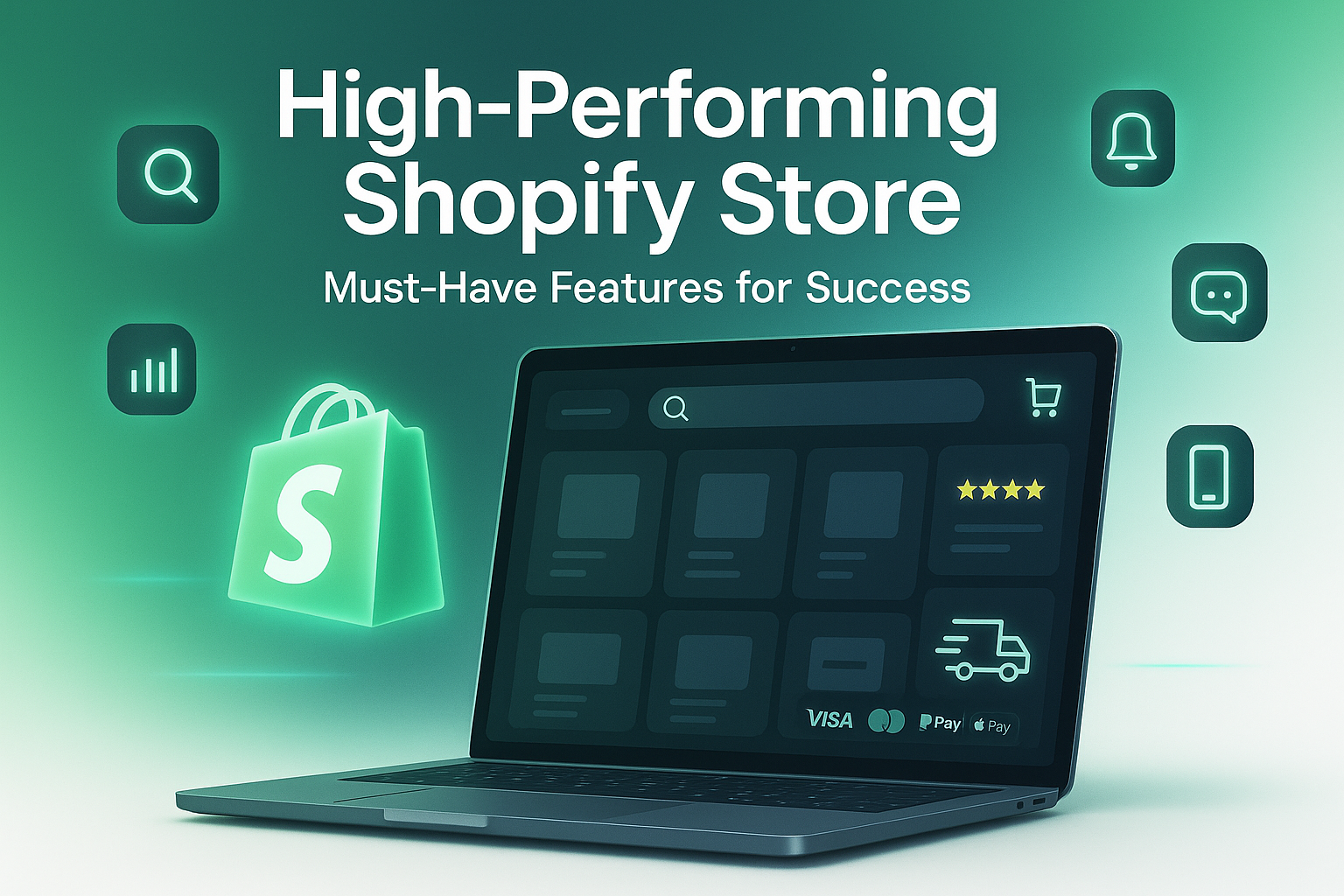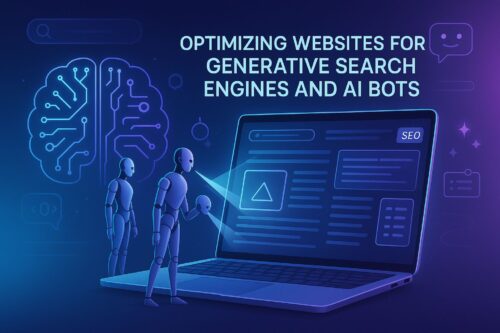A thriving Shopify eCommerce store doesn’t just depend on good products—it requires a carefully designed, optimized platform that offers smooth navigation, trust, and convenience to customers. Below, we break down the essential features every Shopify store must have to maximize sales, improve user experience, and stay ahead in today’s competitive market
1. Fully Responsive and Mobile-First Design
Most shoppers today browse and purchase directly from their smartphones. A mobile-first Shopify store design ensures:
- Pages adapt seamlessly to all screen sizes
- Buttons and menus are easy to tap
- Quick checkout processes
- Optimized images that don’t slow down mobile performance
Mobile responsiveness isn’t optional anymore—it’s a key ranking factor for SEO and essential for customer retention.
2. Blazing-Fast Loading Speed
Customers expect websites to load instantly. Slow websites create frustration and abandoned carts. For a Shopify store to be high-performing, it must focus on:
- Compressed, lightweight images
- Use of a CDN (Content Delivery Network)
- Eliminating unnecessary third-party scripts
- Fast Shopify themes designed for performance
Every millisecond saved can increase your conversion rates.
3. Smart Navigation and Intuitive Search
A successful Shopify store must make it effortless for customers to explore products. Essential navigation features include:
- Clear category menus with drop-down options
- Smart filtering systems (price, color, size, material)
- AI-driven search bars with autocomplete suggestions
- Sticky navigation bars for easy browsing
When navigation is simple, visitors are more likely to stay longer and buy more.
4. High-Impact Product Pages
Product pages are where conversions happen. To persuade shoppers, your product pages should include:
- Professional, high-quality images with zoom and 360° views
- Compelling descriptions that highlight benefits, not just features
- Customer reviews and star ratings for trust-building
- Video demonstrations where possible
- Urgency triggers like “Only 3 left in stock”
A well-designed product page increases buyer confidence and reduces hesitation.
5. Frictionless Checkout Process
Cart abandonment is a major issue in eCommerce. To reduce this, Shopify stores should implement:
- One-page checkout options
- Guest checkout without forced account creation
- Multiple payment methods (cards, wallets, BNPL options)
- Auto-fill forms and stored customer details
- Transparent shipping and tax calculations
The smoother the checkout experience, the higher your conversion rate.
6. Secure and Flexible Payment Gateways
Customers want choices and safety when paying. Essential Shopify payment features include:
- Multiple gateway integrations (PayPal, Stripe, Apple Pay, Google Pay)
- Local payment methods for international markets
- Buy Now, Pay Later (BNPL) services for flexibility
- SSL encryption and PCI compliance for security
Trustworthy payments increase customer loyalty and reduce cart abandonment.
7. SEO-Friendly Setup
Search engine visibility is the backbone of online growth. A Shopify store must be optimized for SEO with:
- Keyword-optimized titles and product descriptions
- Meta descriptions that attract clicks
- Alt tags on all images
- SEO-friendly URLs
- Blog integration for fresh, valuable content
An SEO-focused Shopify store drives organic traffic that converts into paying customers.
8. Integrated Email Marketing Tools
Email is one of the highest ROI marketing channels. A Shopify store should integrate with tools like Klaviyo or Mailchimp to run:
- Abandoned cart email campaigns
- Personalized product suggestions
- Welcome offers for new subscribers
- Loyalty programs and seasonal promotions
9. Social Proof and Reviews
Shoppers trust social proof more than brand promises. Adding reviews and user-generated content builds credibility. Must-have features include:
- Verified customer ratings and testimonials
- UGC galleries showing real buyers using products
- Trust badges like “Verified Purchase”
- Integration with apps like Judge.me or Yotpo
The more authentic feedback you display, the more conversions you’ll achieve.
- Verified customer ratings and testimonials
10. Powerful Analytics and Insights
Data is essential for growth. Shopify analytics features should cover:
- Conversion tracking across all marketing channels
- Sales breakdown by product, channel, and region
- Customer behavior tracking (pages visited, products viewed)
- Heatmaps and A/B testing tools
With insights, you can refine marketing strategies and improve ROI.
11. Omnichannel Selling
Your customers aren’t limited to one platform. High-performing Shopify stores expand through omnichannel selling, including:
- Facebook & Instagram Shops
- Amazon, eBay, and Walmart integrations
- Google Shopping ads
- TikTok and Pinterest product listings
This diversification maximizes brand reach and multiplies sales opportunities.
12. Trust and Security Enhancements
No customer will shop in a store they don’t trust. Essential Shopify security measures include:
- SSL certificates for all pages
- Two-factor authentication
- Real-time fraud detection
- Transparent privacy and return policies
Trust elements like secure checkout seals improve confidence and encourage purchases.
13. Customer Support Solutions
Good support converts hesitant shoppers into loyal customers. Shopify stores must integrate:
- Live chat support with human or AI agents
- 24/7 chatbots for instant replies
- Easy-to-navigate FAQs
- Ticketing systems for order-related queries
Quick customer support boosts customer retention and prevents negative reviews.
Final Thoughts
Building a high-performing Shopify eCommerce store requires strategic planning and implementation of essential features. From mobile optimization and fast loading speed to SEO, reviews, and customer support, every feature plays a role in creating a profitable, growth-oriented online store. When done right, these features transform a simple store into a powerful sales engine.
Follow Us | Our Services | Contact Us | Linkedin | Instagram







